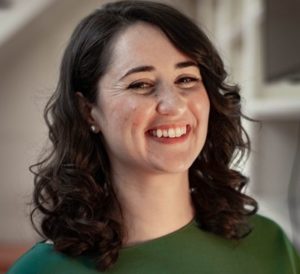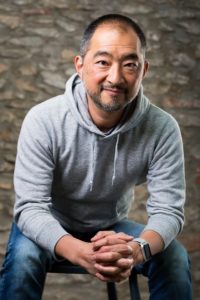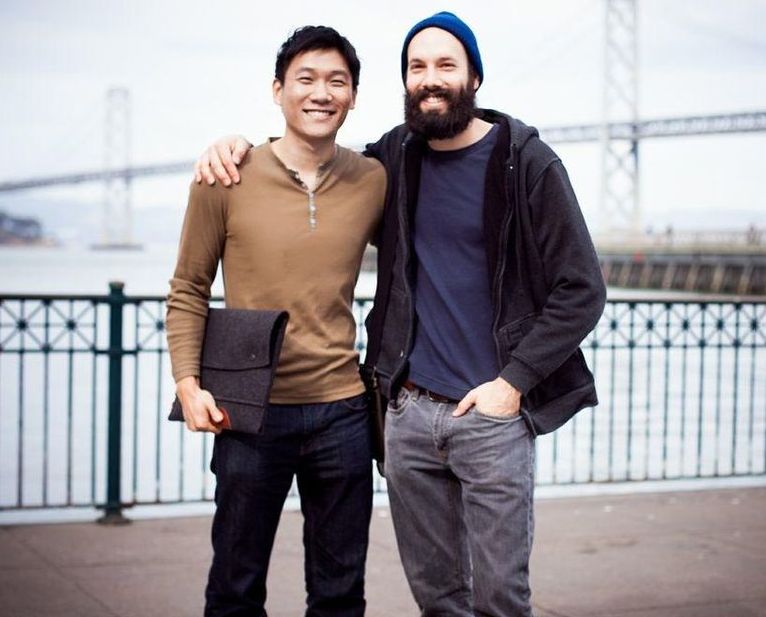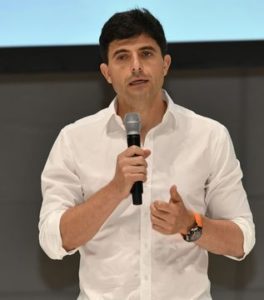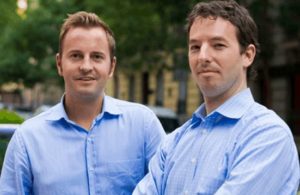SnapLogic : One of the “Coolest” Cloud Platform Companies
Another software company in the marketplace to deal with data integration is excelling in the field and satisfying millions of customers worldwide. The company provides clients with better and many efficient tools to connect applications and transfer data in a hassle-free way. Gaurav Dhillon’s company, SnapLogic was founded in 2006 and is majorly known for web data integration. After the internet has bathed the world with a new aura of possibilities, companies like SnapLogic had reached cloud eleven. The never-ending demand of cloud data sources, SaaS applications and most importantly, efficient data transfer gives a pictorial representation of the success of SnapLogic.
The Founder
SnapLogic was fully functional and became public from 2006. Before Dhillon created SnapLogic, he was already a founder of 2 more start-ups, including Informatica Corp and jaman.com.
Dhillon created Informatica, a software company in 1993 based in California, the United States with $75,000 provided to him by the National Institute of Health. He didn’t have many facilities then, so with this little amount of capital, he started the company in his garage. Informatica was quite a success, and it was acquired in 2015 for $5.3billion.
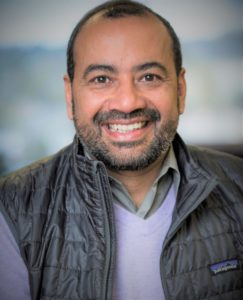
Dhillon’s next start-up was Jaman.com, which was founded in 2005 in California as well. The website ceased all its operations in 2017. Jaman was a site that provided movie discovery sites and thus, let users download videos on demand.
SnapLogic
EAI stands for enterprise application integration, and this is what Dhillon’s interest lied upon. After Informatica emerged as one of the most successful start-ups in the world of EAI, Dhillon’s passion triggered to create more in this area. According to him, a lot of areas was unexplored in this field, and he buckled up to roll the stones.
So SnapLogic was created in 2006 after Dhillon himself invested in this business, and in 2009, he became the CEO of the company. The main focus of Dhillon was to reduce the problems the users faced with cloud computing. The company is based in San Mateo, California and serves throughout the world.
Success of SnapLogic
The first big news of SnapLogic was raising $2.3million in Series A funding in 2009. The prime investors were Andreessen Horowitz, Maples Investments, Brian McClendon (Google Engineering Vice President), Naval Ravikant and a few more. After the closing of this funding round, Dhillon was declared the CEO of the company, and he announced that the money will be invested in improving the DataFlow platform. The data integrating solution of SnapLogic turned out to be very useful for SaaS applications and websites, like SalesForce, Twitter, and SugarCRM, etc.
In 8th December 2010, Dhillon announced that the company has raised $10million in Series B funding, and new technologies have been incorporated in the products of SnapLogic, which is both time and cost-efficient. After this funding round, Dhillon planned to expand the business in the European market. One of the biggest success of SnapLogic was that it became the world’s first company to integrate data that existed both on-premise and in the cloud. This was followed by the launch of elastic integration in June 2013, which made application integration in the clouds even simpler. By the end of 2013, SnapLogic provided the users with 150 various data connectors for applications like SAP and Oracle.
On 10th December 2015, SnapLogic raised $37.5 million in the funding round led by Microsoft, Silver Lake Waterman, Andreessen Horowitz, Ignition Partners, and Triangle Peak Partners. At the end of this year, the net worth of SnapLogic turned out to be $96.3million. By this time, machine learning and artificial intelligence already started spreading like a wildfire in the tech market. Taking a note, the company made a very smart move by introducing the SnapLogic Integration Assistant, an AI-powered product of the company in May 2017. In this year, the company also raised $136.3 million from the existing investors.
SnapLogic Today
The latest and one of the biggest successes in the history of SnapLogic is Gartner naming the company (SnapLogic) as a leader in the Enterprise Integration Platform as a Service (iPaaS) Magic Quadrant for four consecutive years. The fascinating performance of SnapLogic in data integration has driven the world crazy with more time-efficient and better ways to connect applications and integrate data.

Annasha Dey is an NIT student, who apart from studying engineering is also a content writer. She has a great interest in photography, writing, reading novels, and travelling as well. She is a foodie who loves socializing and hanging out with her friends. She is also a trained Kathak dancer and a big fashion enthusiast. Dey also loves watching TV series, which includes F.R.I.E.N.D.S. and Big Bang Theory. To be a better writer she prefers to read more


